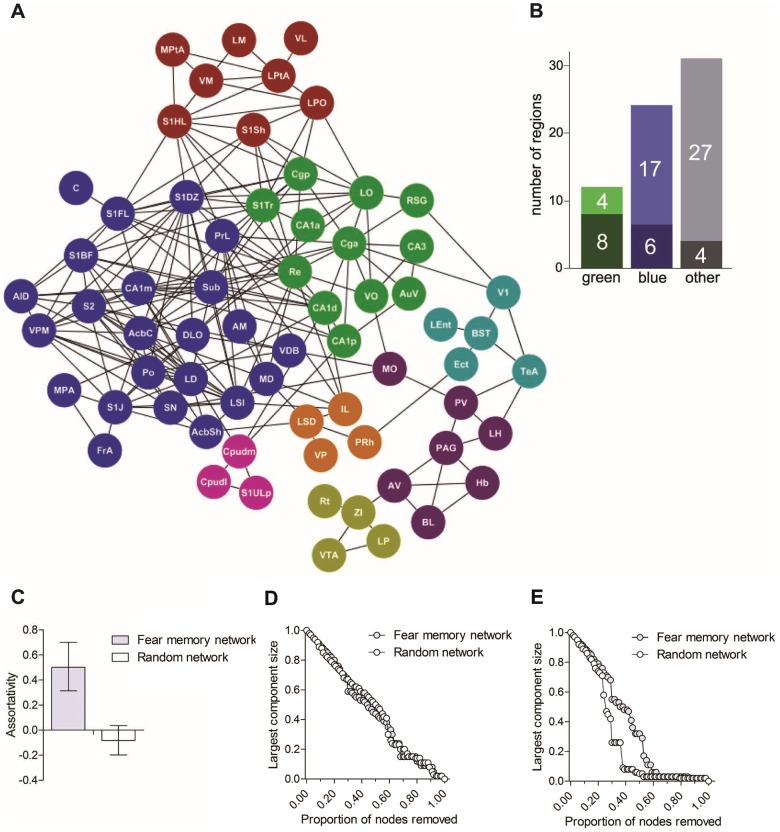Figure 6. The long-term fear memory network is clustered and resilient.
A. Network summarizing functional connections after memory recall at the long delay. Brain regions were categorized into discrete (color-coded) clusters with similar connectivity to the rest of the network using the Markov Clustering Algorithm. This network contains a densely-interconnected core (green and blue clusters). B. Proportion of brain regions in green, blue and remaining clusters that have previously been implicated in remote memory expression (darkly-shaded portion of bars). Remote memory brain regions are over-represented in the green cluster compared to remaining network (for complete list of regions see Table S5). C. Assortativity for the fear memory vs. random network. Higher assortativity in the fear memory network indicates that highly-connected nodes tend to be connected to one another. Error bars represent 95% confidence interval. D. Consequence of random node deletion on the size of the largest connected component in the fear memory network (grey circles) vs. matched random control network (white circles). In both networks, as nodes were successively removed the size of the largest connected component declined. E. Consequence of targeted node deletion on the size of the largest connected component in the fear memory network (grey circles) vs. matched random control network (white circles). In this simulation, nodes were removed in order of descending degree value. The fear memory network was more resilient to successive deletion of high degree nodes. In both graphs, component size is shown as a proportion of the largest original component.

